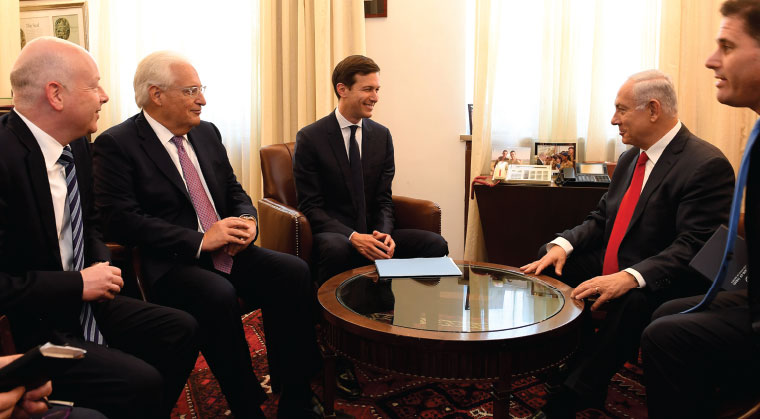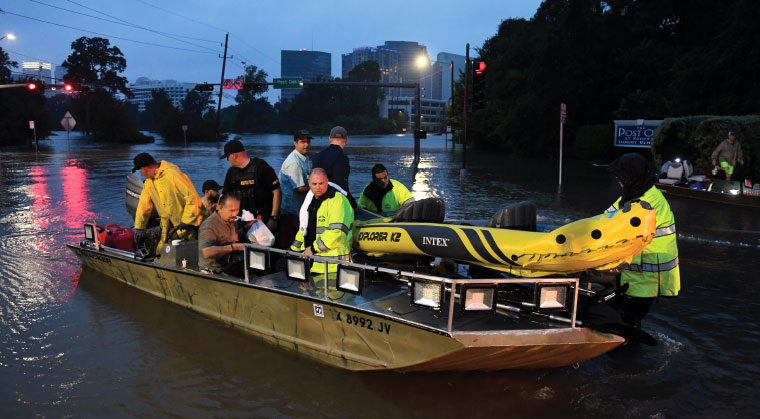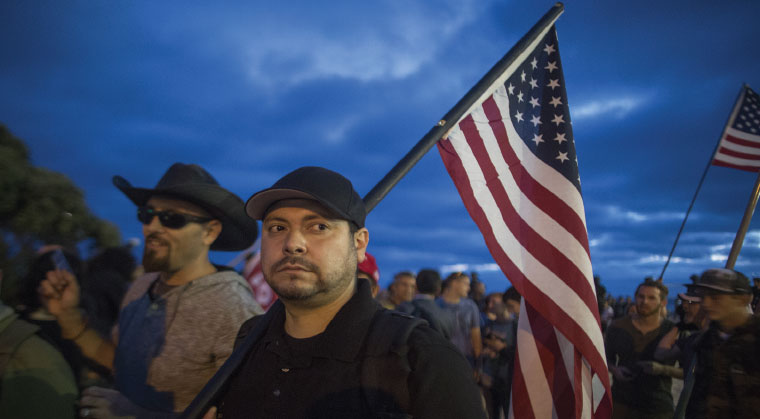Iran Air: More than just an Airline


PLANE TRUTH The Iranians have succeeded in creating a busy air shuttle that provides a steady supply of fighters and weapons from Iran to the battlefields of Syria (Photo: AFP/IMAGEBANK)
O n a late November night in 2016 Tobias Schneider an international security analyst and veteran Syria watcher noticed some unusual activity on his computer screen.
An Iran Air passenger plane apparently en route from Tehran to Baghdad had misidentified itself with a false flight number. It was in fact headed for Damascus. Schneider reported this on his Twitter feed.
In subsequent nights he discovered this was common practice. Passenger planes from civilian airlines such as Iran Air Mahan Air and Pouya Air all reported fake flight numbers changed ID codes in midflight or switched off their identifying transmitters giving false reports about their flight plans. In all cases the real route was from Tehran to Damascus with an important stopover in the city of Abadan near the Iran-Iraq border.
Until a few years ago collecting information of the type that Schneider discovered would have required a fleet of spy satellites reconnaissance aircraft and resources that only a national entity would possess. But in the Internet era anyone with access to commercial flight websites and an understanding of the global civilian flight network can connect the dots.
What Schneider discovered was this: The Iranians have succeeded in creating a busy air shuttle that provides a steady supply of fighters and weapons from Iran to the battlefields of Syria. The planes take off in Tehran land in Abadan where they pick up soldiers and weapons and head for Damascus. By closely watching social media accounts he has been able to view in-flight photos posted by militia members that show planes filled with Shiite fighters from Iraq. In this way Iran uses commercial airliners to ferry soldiers and weapons to its terror proxy Hezbollah and its ally Bashar al-Assad in Syria. Schneider documented almost 1 000 such flights in the last year alone and he believes the real number is far greater.
Dr. Emanuele Ottolenghi a senior fellow at the Foundation for Defense of Democracies in Brussels drew on Schneider’’s findings in testimony he prepared four months ago for an appearance before the House Financial Services Committee where he issued a stark warning.
““Iran is using the airlifts to supply strategic ‘‘game-changing’’ weapons to Hezbollah. Israel’’s Air Force bombing raids against weapons convoys heading to Lebanon are a direct response to the increased flow of strategic arms from Syria to Lebanon — — all facilitated by Iran. If delivered these weapons would likely facilitate a future escalation along the Israel-Lebanon border and potentially lead to a third Lebanon war.””
Iran’’s activity in this sphere is another reason to doubt that Iran is complying with the terms and the spirit of the Joint Comprehensive Plan of Action (JCPOA) also known as the Iran nuclear deal.
The JCPOA removed US aviation sanctions against Iran first imposed in 1979 when Iran’’s revolutionary government held 52 Americans hostage for 444 days in the US embassy in Tehran and then reimposed by President Reagan in 1984 in response to Iran’’s role in the 1983 bombing of the US Marine barracks in Beirut that killed 241 US soldiers.
The JCPOA allows Iran to buy new aircraft and original spare parts including the purchase of 80 passenger planes from Boeing. The first Boeing plane is slated for delivery in April 2018. For Boeing a US company based in Chicago the sale to Iran is a financial bonanza. Upon signing the deal Boeing announced the agreement will support tens of thousands of US jobs directly associated with production and delivery of the planes and nearly 100 000 US jobs in the aerospace and allied businesses.
Ottolenghi recommended several steps Congress can take including requiring Boeing to make a full public disclosure of the details surrounding the airplane sales to Iran. These include what guarantees or safeguards are in place to ensure that the new aircraft will not be engaged in nefarious activities and what mechanisms are in place to avoid losses to the American economy in case sanctions are reimposed.
He says that President Trump can also get tough by re-invoking Executive Order 13224 first signed by President Bush two weeks after 9/11. That would allow the US to resume sanctions on Iran Air for providing material support to terrorist entities.
However this puts President Trump in an uncomfortable position. On the one hand he has taken a more aggressive stance toward Iran than President Obama promising to thwart the regime’’s advance in the Middle East. On the other hand his ““make America great again”” promise relies in part in creating more American jobs.
““That’’s precisely the type of dilemma Iran wants us to face ”” Ottolenghi testified. ““These multibillion-dollar deals create a powerful argument against the reimposition of sanctions.”” (Originally featured in Mishpacha Issue 671)
Oops! We could not locate your form.













